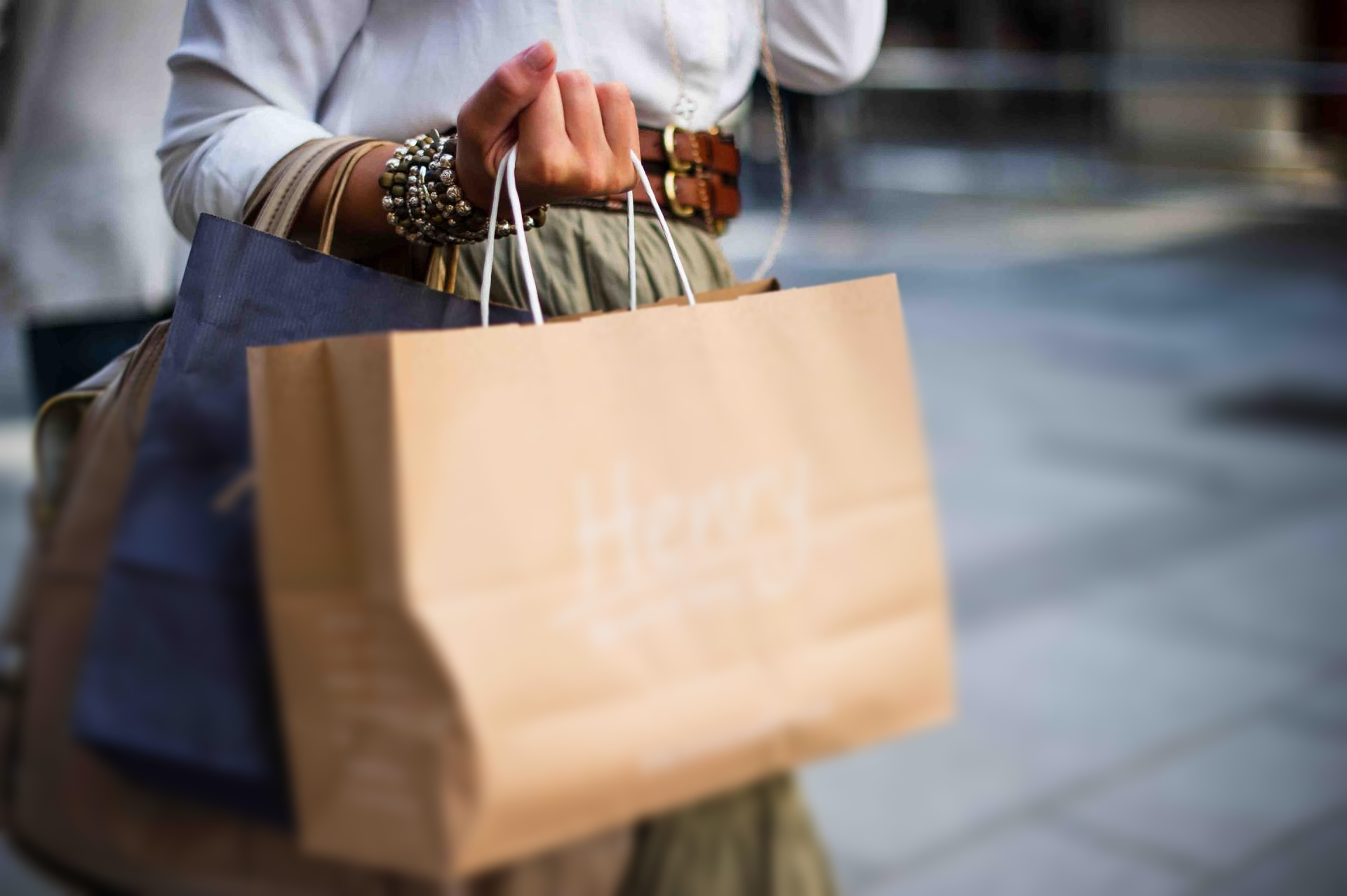The Essential Point-of-Sale
- By Anne S.
- •
- 28 Aug, 2019
- •

As brick and mortar retailers work on drawing customers back to shopping in stores, one of the most fundamental tools in the shopping experience, the Point-of-Sale (POS) system, needs to support that effort with a robust solution whose strengths must include:
- Rich functionality at the front end and the back end. A commercial off the shelf (COTS) product is generally mature and stable and may offer most, all of the essential functionality that a retailer requires. However, adding new features can also be achieved via integration with other applications. Essential functionality such as cross-channel visibility helps store associates find the right product for their customers and even get it delivered if necessary.
Cloud and/or client-server architecture. Client-server architecture is the robust, proven architecture for retailers. However, in an effort to cut costs and reduce the need for networking and server specialists, the entire POS system or parts of it can reside in the cloud.
Offline capability. Being able to operate with most all functionality when the system is offline and then sync automatically when connectivity is restored is a critical feature for offering reliable service to customers.
Interface with the right devices. Today’s POS must accommodate a variety of peripherals such as a variety of printer types, payment devices that accept tap and digital wallets and card readers or biometric devices for security access.
Versatile footprint. An essential POS system should be able to transition from traditional POS hardware (display, cash drawer, scanner) to tablets with peripherals connected via Bluetooth. The tablet format allows for more personalized time with a customer and provides line-busting capabilities to speed up the time to payment which is essential for today’s customers.
Rapid and reliable payment processing with a variety of tender types. While a number of tender types will need to be processed through the POS, the processing of those payments must be done quickly and in a secure manner. The POS system should adhere to the standards set by the Payment Card Industry (PCI) Security Standards Council.
Easy to learn and use for store associates. An appealing and intuitive appearance that is customizable to meet the retailer’s business processes goes a long way towards ensuring the accurate completion of various types of transactions.
Integration with the online experience. When best-of-breed systems are desired, the in-store POS may not necessarily be the same application as the one a retailer uses in their online store. However, the brick and mortar POS must be able to integrate with elements of the online store so as to provide a personalized and complete shopping experience for the customer when they do come into the store.
Retailers mustn't underestimate the power of the experience they’re offering the customer when they arrive in a store. While innovative technologies can bring about unique shopping adventures, a retailer must first ensure they can expertly cover off the basics such as having the products these customers want and processing the sale quickly and securely regardless of being online or offline.

As customers have more opportunities and choice in buying, it seems like the traditional brick and mortar store is always under pressure. The big box stores are serving up heavy price and assortment competition. Centralized shopping areas have moved away from the main street. Customers are transitioning to online shopping and have relegated brick and mortar stores to showrooms that serve to validate a future online purchase.
Online retailers are moving beyond the click and collect service to setting up anything that will make it easier for customers to get their products such as delivery services, self-serve collection locations and curbside pickups.
Despite, or due to, these pressures, retailers are still seeking to improve the brick and mortar store experience for their customers, regardless of location or other factors. While the melding of essential store concepts with online purchasing functionality has become the norm, stores must innovate to keep their customers and grow.
Recognizing the Online Onslaught
Online buying’s appeal has to do with what we could call the Birthday factor – “Ooh! Something to open!” with the contents sometimes being a bit of a surprise if no prior research was done in advance. Despite the ease of online ordering followed by the fun of receiving packages and opening them, it’s been found that roughly 83% of shoppers (1) prefer to return their online purchases to a physical store (called BORIS for buy online, return in store). Then, when they’re in the store, they may purchase additional items.
This merging of the online and the physical store also occurs when the customer decides to buy online and pickup in store (which is called BOPIS for short or click and collect). In this case, customers avoid shipping fees and can complete easy returns if necessary. Retailers must be ready to offer this service in an efficient way that may avoid the in-store queue for the service desk. Most importantly, inventory must be suitably accounted for since the store has now become the fulfillment centre.
Re vitalizing Brick and Mortar
To emphasize some great points about shopping in-store, Winners stores, a Canadian banner of the retailer TJX, ran an ad (2) in late 2018 that referred to “Offline” shopping where customers are present in the store and humourously advocated the speed of human search engines, multi-sensory feedback, instant add-to-cart technology and no shipping fees. While Winners does not offer online shopping, Bed Bath and Beyond does and in spring of 2019, they jumped on the same idea(3) by promoting touching items prior to purchasing them and the concept of immediate “shipping” using the tag line “Think Outside the Screen”.
Facing the Customer
Ultimately, the retailer has new opportunities of meeting the customer face-to-face. Getting those customers to have a superior in-store experience is an essential part of building loyalty.
While there are a number of tactics being used to attract and retain customers including mirrors (4) that can show a customer 360 degrees in their outfit, accepting cryptocurrency and using augmented reality (AR) to demo products to consumers (5), these innovative technologies must be complemented by the store having, or being able to locate, the products customers want and for the customer to pay for them in a timely manner using a variety of payment methods.
References :
(1) Leberman, Dan, “Buy Online Return In Store (BORIS) and Buy Online Pickup In Store (BOPIS): The Two Acronyms All Small Businesses Should Know.” Inc. Accessed July 2019. https://www.inc.com/dan-leberman/buy-online-return-in-store-boris-and-buy-online-pickup-in-store-bopis-the-two-ac.html
(2) Winners video, YouTube. Accessed July 2019. https://www.youtube.com/watch?v=ZUs9h1-f7PU
(3)Bed Bath Beyond video, YouTube. Accessed July 2019. https://www.youtube.com/watch?v=5c_Br-mO7Po
(4) DeNisco-Rayonne, Alison, “How Neiman Marcus’ top-down innovation strategy transformed retail and increased revenue.” ZDNet. Accessed July 2019. https://blog.hubspot.com/marketing/augmented-reality-retail
(5) Forsey, Caroline, “Five Ways Augmented (AR) Reality is Transforming Retail.” Hubspot. Accessed July 2019. https://blog.hubspot.com/marketing/augmented-reality-retail
Follow Us

(c) Crimson Transaction Technologies 2023


